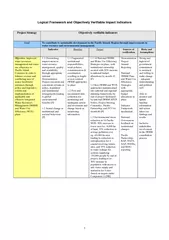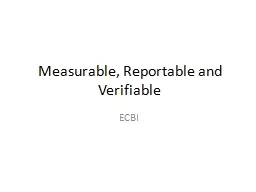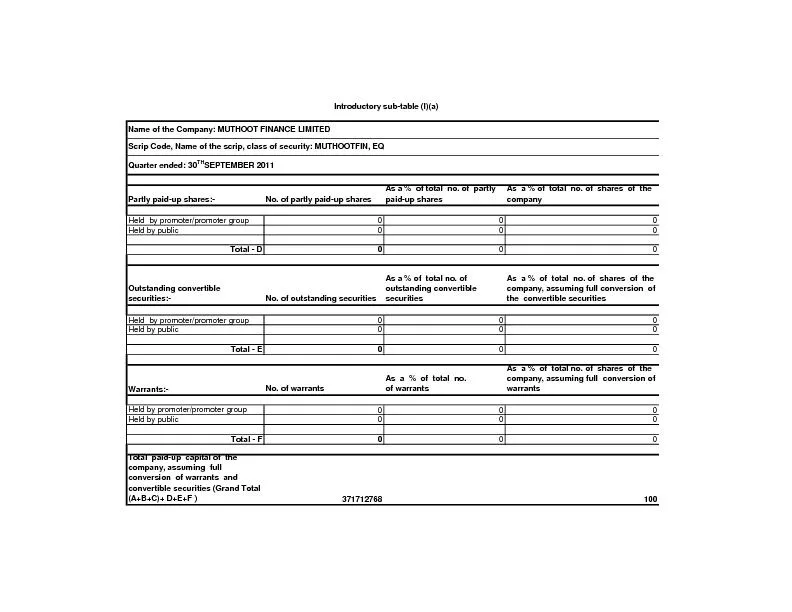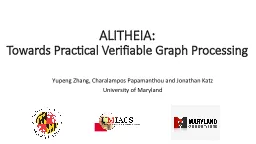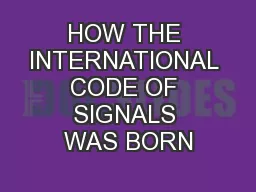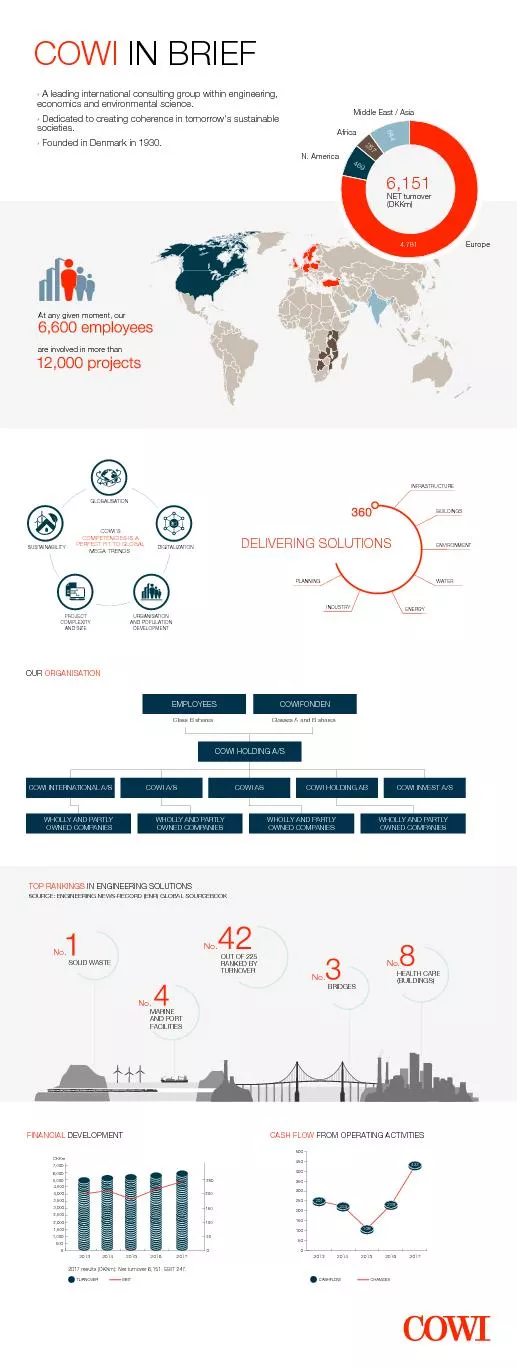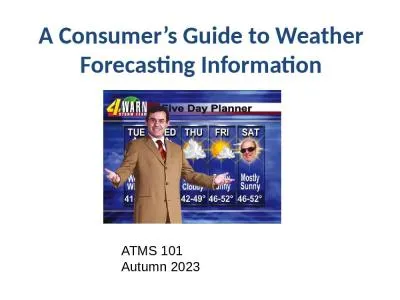PPT-Partly Verifiable Signals
Author : myesha-ticknor | Published Date : 2018-01-23
L12 Glazer and Rubinstein ECMA 2004 Information Transmission in Markets SR setting with type independent preferences of S Benchmarks Cheap Talk only bubbling
Presentation Embed Code
Download Presentation
Download Presentation The PPT/PDF document "Partly Verifiable Signals" is the property of its rightful owner. Permission is granted to download and print the materials on this website for personal, non-commercial use only, and to display it on your personal computer provided you do not modify the materials and that you retain all copyright notices contained in the materials. By downloading content from our website, you accept the terms of this agreement.
Partly Verifiable Signals: Transcript
Download Rules Of Document
"Partly Verifiable Signals"The content belongs to its owner. You may download and print it for personal use, without modification, and keep all copyright notices. By downloading, you agree to these terms.
Related Documents


